Table of Content
The anticipated Delhi Master Plan 2041 is near finalization and will dramatically impact the National Capital Region (NCR). Delhi's Public Works Department (PWD) Minister Parvesh Verma announced that the plan has been completed, including urbanizing 48 villages and settling the ownership of properties, especially areas in the Lal Dora category. Its goal is to modernize facilities close to rural areas, while planning and developing the cities of Delhi sensibly and sustainably.
Key Features of the Delhi Master Plan 2041
The Delhi Master Plan 2041 aims to facilitate the growth of the city and expand infrastructure to achieve urbanisation. The most important initiative in the master plan is the urbanisation of 48 villages, indicating a significant departure in Delhi's planning strategy. The government has also decided to relieve property registration friction. The Master Plan includes that the first registry of properties entitled Lal Dora will be free and will assist residents in overcoming legal property disputes that have existed for decades in providing them with legal ownership status.
Also Read: NCRTC Plans Gurugram-Faridabad-Greater Noida RRTS Corridor
Transforming Rural Areas with Urban Amenities
The urbanisation of these 48 villages is intended to eliminate the dissimilarities in living standards between rural and urban areas. According to the Master Plan, these villages will provide:
- Better Infrastructure: Paved roads, drainage, and water connections.
- Better Public Services: Schools, health care, and public utilities.
- Better Facilities: Street lights and urban services to increase safety and convenience.
This integrated approach envisions improvement of the rural residents' "quality of life" and their inclusion into the urban fabric of Delhi.
Free Property Registry: A Game-Changer
The government's decision to provide free property registry for Lal Dora areas is a historic move. This initiative will:
- Resolve decades-old property disputes.
- Enable residents to obtain legal ownership documents without financial burden.
- Stimulate real estate growth in previously untapped regions.
By simplifying the registry process, the government ensures that property ownership is accessible and affordable for all, particularly for those in rural areas.
Anticipated Benefits of the Master Plan
The Delhi Master Plan 2041 will deliver several benefits:
- Economic Development: Urbanisation will draw in investment, enable the local economies to flourish, and create jobs.
- Environmentally Sustainable Development: The plan highlights environmentally sustainable and transparent development with efficient use of resources.
- Equitable Urban Development: The plan develops rural areas with urban standards, enabling the development of the City of Delhi in a balanced and equitable manner.
Challenges in Implementation
The ambition of the vision of Delhi's Master Plan 2041 presents its challenges. Resistance to urbanising rural areas may emerge from local actors, and environmental sustainability will only be as good as the plans. Coordination between government departments and stakeholders, albeit challenging, will be key to delivering and moving forward with the vision.
Also Read: Maharashtra Govt Promotes Artificial Sand for Eco-Friendly Construction Growth
A Transparent and Accountable Rollout
During the announcement, Public Works Department Minister Parvesh Verma made it clear that he attaches significance to transparent implementation. He said the effort is to be not just a way of creating a plan and policy but to achieve outcomes "on the ground." Accountability by undertaking public consultations will be vital to success of this initiative.
Conclusion
The Delhi Master Plan 2041 is going to change the look of the capital, establishing a new period of urbanisation and development. This urbanisation of 48 villages or more, finally clearing up long outstanding property matters, will change the lives of millions of people who live there. By focusing more on inclusivity, transparency, and sustainability, the Master Plan is a signal of hope for a more equal and prosperous Delhi.
Follow AquireAcers Whatsapp Channel to Stay Updated With The Latest Real Estate News

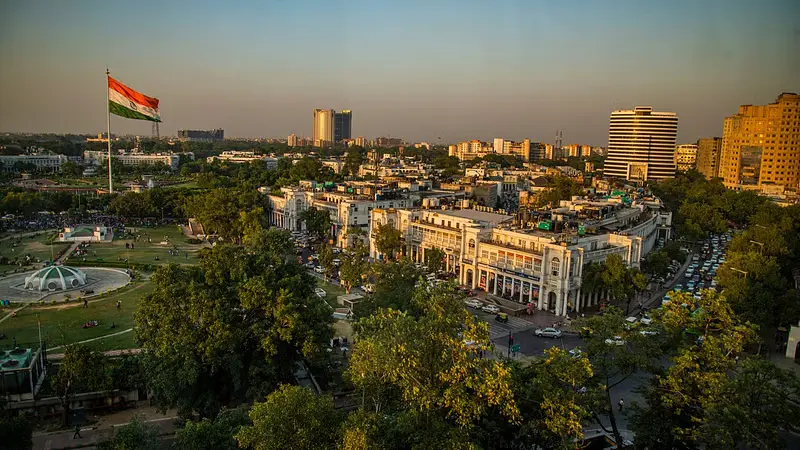
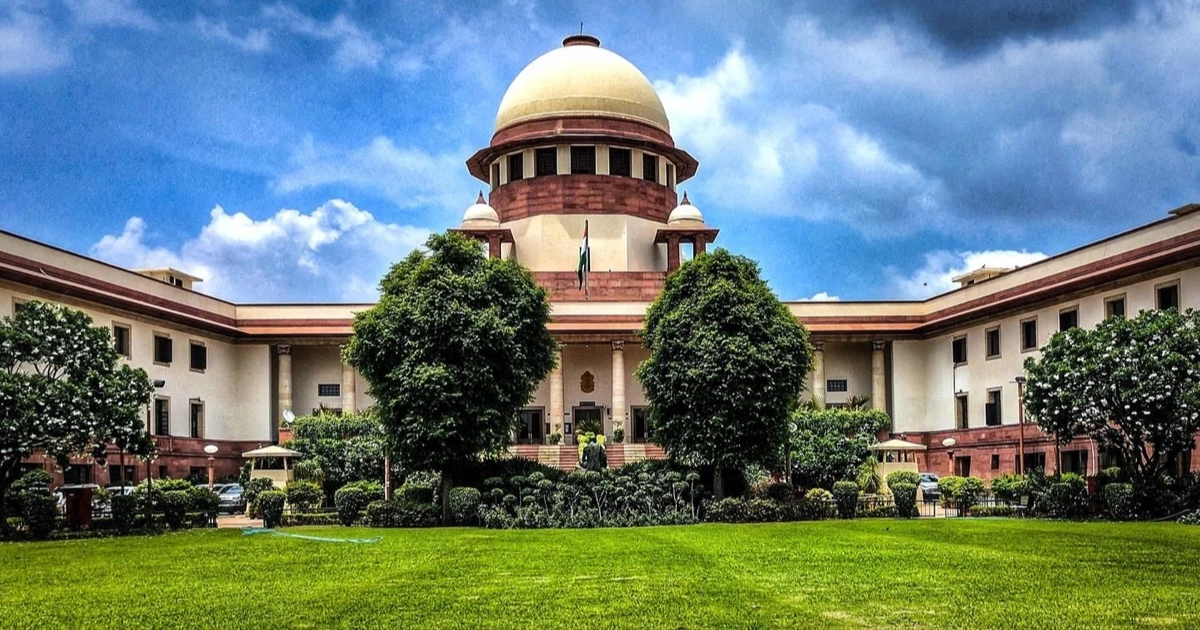
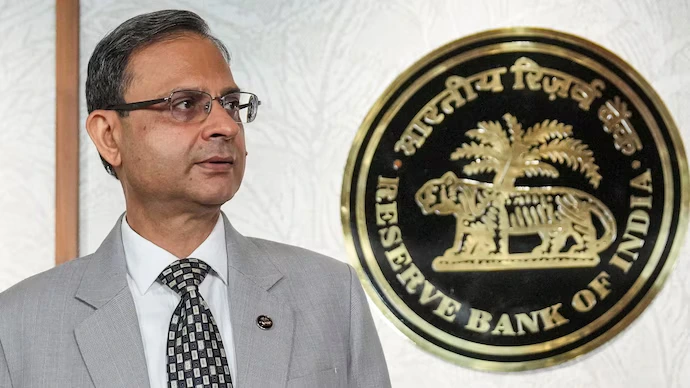
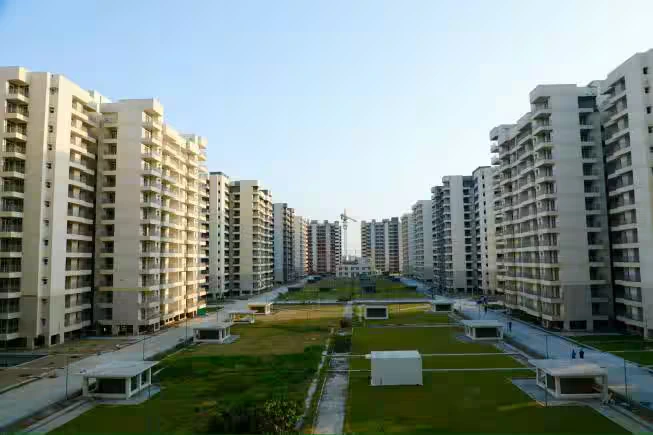
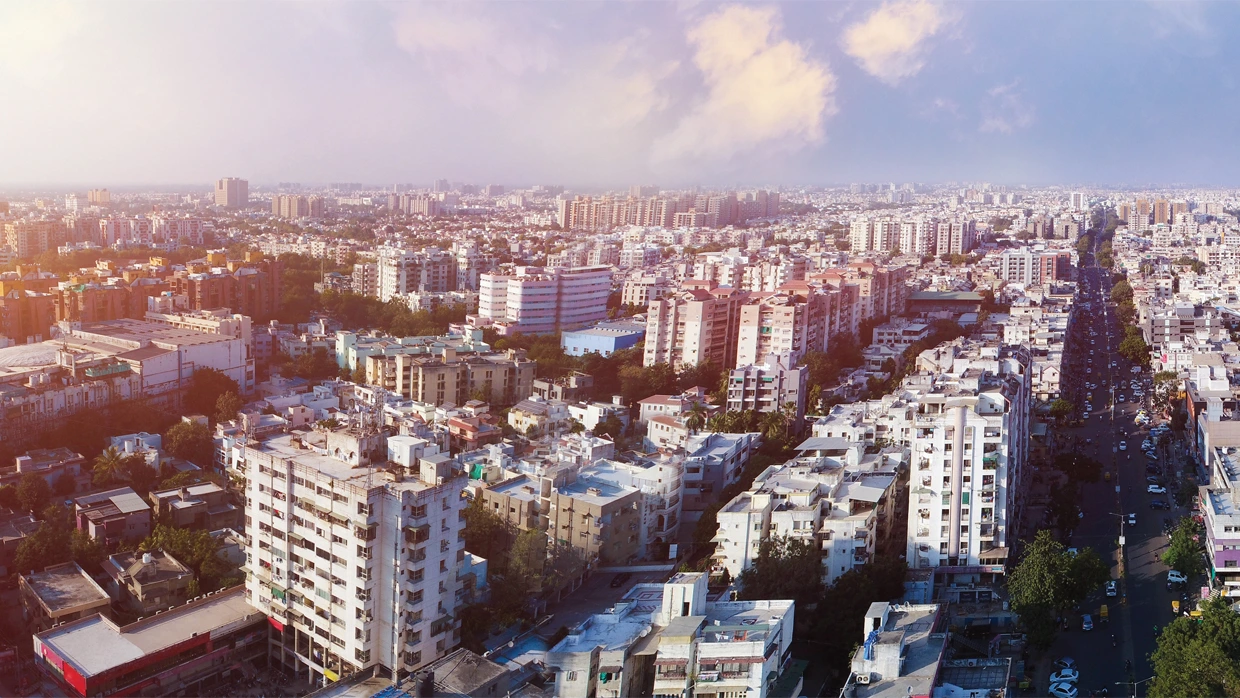

Ans 1. The Delhi Master Plan 2041 is a comprehensive urban development strategy designed to guide Delhi’s growth over the next two decades. It focuses on modernizing infrastructure, urbanizing rural areas, and achieving environmentally sustainable and equitable urbanization.
Ans 2. Lal Dora areas are zones within villages exempt from municipal building regulations. The Master Plan offers a free first property registry for Lal Dora residents, resolving long-standing property disputes and granting legal ownership rights.
Ans 3. The plan targets 48 villages for urban transformation, though specific names are not mentioned. These villages will be equipped with improved infrastructure, public services, and urban amenities.
Ans 4. Infrastructure: Paved roads, drainage systems, and water connections.Public Services: Access to schools, healthcare, and utilities.Facilities: Street lighting and enhanced urban safety measures.
Ans 5. Resolves historical property disputes.Provides legal ownership documentation at no cost.Stimulates real estate development in underutilized regions.
Ans 6. Economic Growth: Attracts investments and creates jobs.Sustainability: Emphasizes environmentally friendly development.Equity: Elevates rural areas to urban living standards.
Ans 7. Resistance from local actors opposing rural urbanization.Environmental concerns if plans are not executed sustainably.Coordination difficulties among government departments and stakeholders.
Ans 8. Public consultations and government accountability mechanisms are emphasized to ensure the plan's effective and transparent implementation.